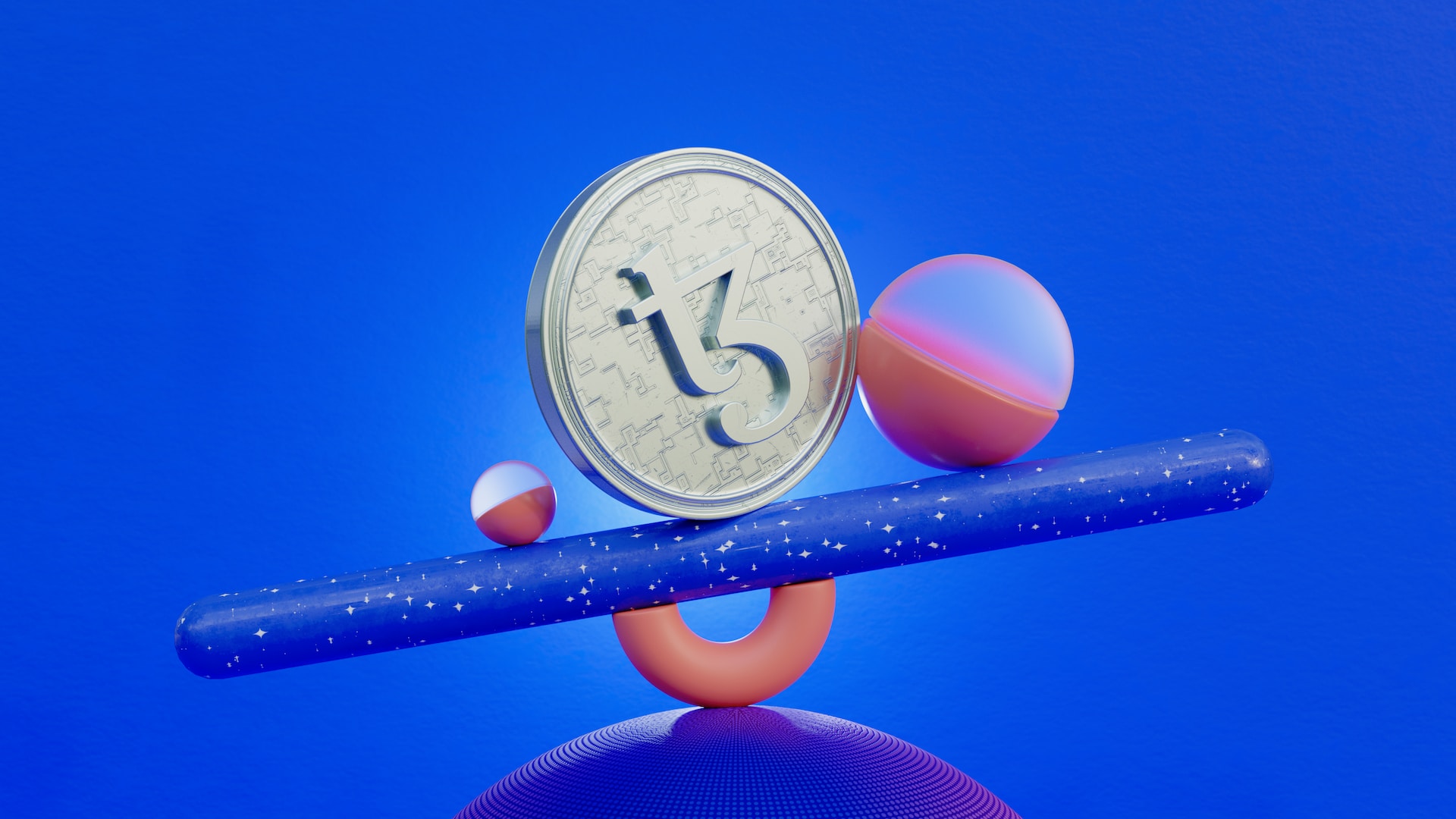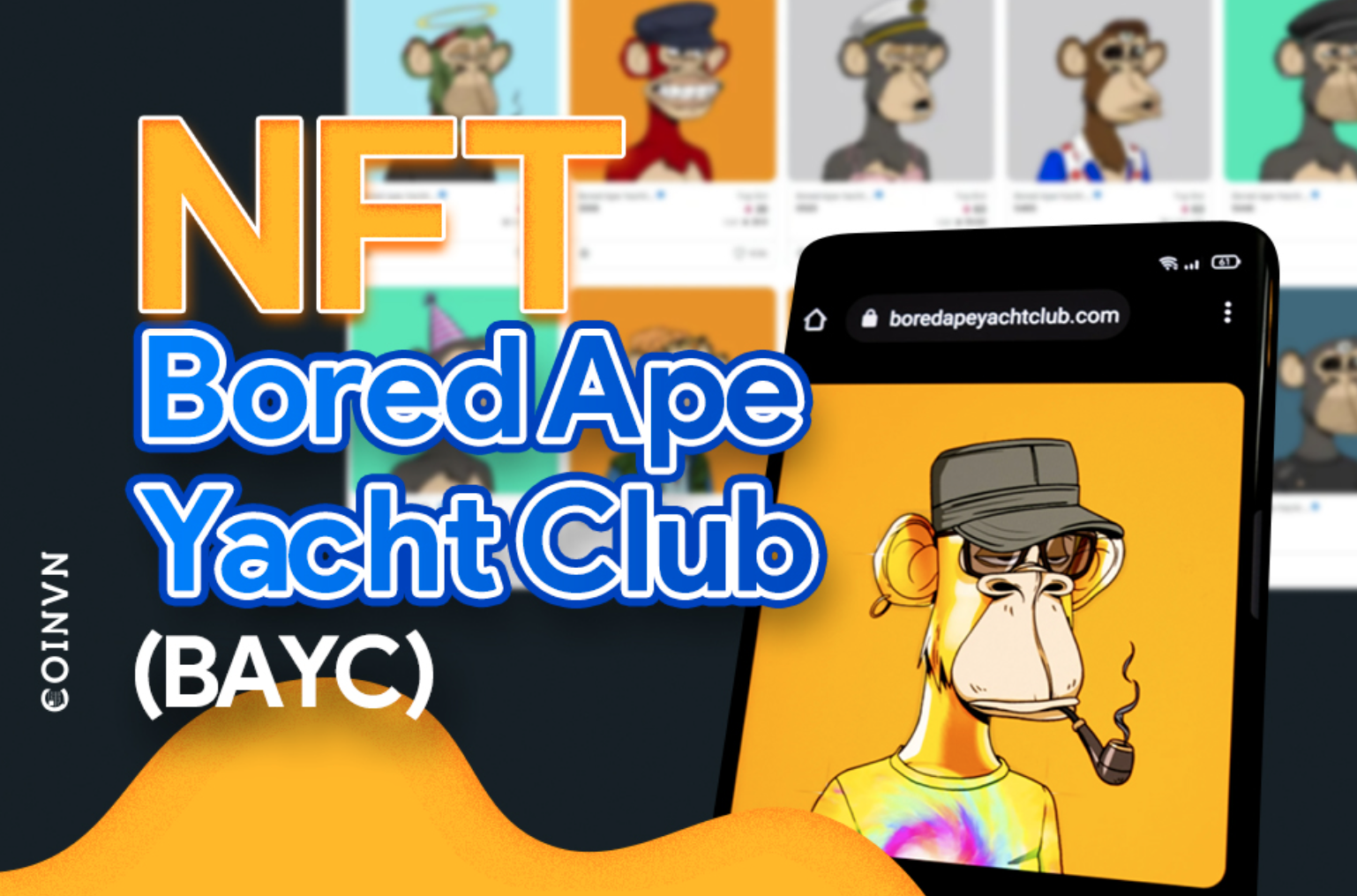NFTs have become very popular because of some million dollars projects like beeple, Bored apes, etc. People started jumping into NFTs and started NFTs trading or minting. So there are many NFT marketplaces if you also want to join the NFT space. It is very important to determine which platform would be perfect for you. To address this confusion we have compared the two most popular NFT marketplaces OpenSea vs Nifty Gateway.
Introduction – OpenSea vs Nifty Gateway:
OpenSea is the first and most popular NFT marketplace in the NFT world. It is a decentralized NFT marketplace. This marketplace is used to sell and buy NFTs. Opensea supports NFTs of different blockchains like Ethereum, Solana, Polygon, Klaytn, etc.
Nifty Gateway is also a well-known NFTs marketplace. It is a centralized NFT marketplace that is used to sell and purchase Nifties. Nifties is used for NFTs on this marketplace, it’s like an acronym.
Background – OpenSea vs Nifty Gateway:
The beta version of opensea was introduced back in 2017. Opensea was launched in 2018 and the inspiration behind the creation of this platform was the success of CryptoKitties. It is an Ethereum blockchain-based NFT marketplace. The belief of the founders was to create an amazon or eBay of NFTs world. OpenSea was limited to Ethereum-based NFTs but now it has integrated many other blockchains like Solana, Polygon, etc. The valuation of OpenSea is more than 1.5 billion at the time I’m writing.
Nifty Gateways is now owned by one of the well-known crypto exchanges Gemini. It was initially launched by two twin brothers named Duncan and Griffin Cock Foster back in 2018. Because it is a centralized NFT marketplace it has different unique features from other marketplaces and has its own way to deal with NFTs. I will discuss all points in the compersion below.
Audience and Types of NFT available – OpenSea vs Nifty Gateway:
Most people think that the targeted audience of both marketplaces is the same but it’s not like that.
While Nifty Gateway targets exclusive, premium, and high-quality NFTs only that are mostly not available on the other platforms and Opensea is for all types of NFT collectors and artists who are experienced or newbies.
Every creator can not mint their NFT directly on Nifty Gateway. There is a complete procedure that should be followed to start minting your NFTs. But OpenSea supports new and experienced creators and they can mint their NFTs easily on opensea.
While domain name NFTs can be found on are not available on Nifty Gateway
Fees – OpenSea vs Nifty Gateway:
The primary way which is used to make money by NFT marketplaces is through transaction fees that are applicable on each NFT sell or purchase transaction.
While Opensea charges a 2.5% transaction fee to the seller, the Nifty Gateway charges a 5% transaction fee for the V1 listing and 2.5% for the V2 listing. I have already explained both listings in “What is Nifty Gateway and How it works In NFT World?”
OpenSea and Nifty Gateway both allow creators to set royalties for their NFTs. However, on opensea users can set royalties 0 – 10%.
Nifty Gateway covers a 100% gas fee for minting NFTs and mint NFTs by themselves while on Opensea creators have to pay the gas fees and that directly goes to miners. OpenSea has no cut or percentage on it.
Supported Wallet – OpenSea vs Nifty Gateway:
There are several wallets supported by both platforms. I have listed it below.
OpenSea:
Here is the full list of wallets supported by OpenSea.
MetaMask: An extension for the browser and mobile app. A popular Web3 wallet and one of the oldest wallets in the NFT space.
Coinbase Wallet: It is backed by coinbase crypto exchange. This wallet is majorly used to interact with DAPPs.
Trust Wallet: This is a mobile application wallet with an extra security layer that allows this app to store your secret key on your mobile local storage.
Portis: This is also the same as coinbase wallet but this can be configured with any mobile application and any browser.
Venly: This wallet is only available as an extension so users can use it on a desktop browser.
Dapper: This wallet is available as a browser extension and is mostly used to pay gas feeses.
Torus: This wallet allows users to create an account and log in using google and Facebook accounts.
Phantom: Phantom is a popular wallet for Solana tokens and allows users to have more functionalities than just sending or receiving tokens.
Glow: Glow is also a Solana-based NFT wallet with very fast functionalities.
There are many other wallets that support opensea.
- WalletConnect
- WalletLink
- Kaikas
- Authereum
- Bitski
- Fortmatic/Magic
- OperaTouch
Nifty Gateway
Here is the list of wallets supported by Nifty Gateway.
MetaMask: An extension for the browser and mobile app. A popular Web3 wallet and one of the oldest wallets in the NFT space.
Modes of payment:
OpenSea allows users to buy and sell NFTs using Ethereum, Solana, and Matic. Because opensea only supports Ethereum NFTs but is now integrated with many other blockchains. So users can use ETH/WETH to buy NFTs, WETH is wrapped Ethereum that is simply equal to the Ethereum in price. Users can not bid early using Eth directly so WETH is used to place bids on auctions. On Opensea users are not able to buy crypto or NFTs directly using their credit/debit card but they have to buy crypto tokens on the crypto exchanges and then transfer them to their wallets that are attached to opensea.
Nifty Gateway allows users to buy NFTs using debit/credit cards and make withdrawals to their bank accounts. But this feature is only available for American users. This marketplace is owned by Gemini so users can use the crypto token from their Gemini account to make trades on this platform. Nifty Gateway users can use their Gemini USD, GUSD, and other tokens as well.
Audience Size:
OpenSea is the most popular NFT marketplace in the world and there are many successful projects launched on this platform like bored apes, cryptopunks, etc. According to OpenSea, there are approximately 120 million active users and a trading volume of $5 billion as of January 2022. Here are the opensea visitors of the last 3 months.
Nifty Gateway does not allow every creator to mint their NFTs on the platform. To mint NFTs on nifty gateway artists has to go through a complete procedure including an interview. So that is why Nifty Gateway has very limited, high-quality, exclusive, and rarest NFTs. Only 10,000 NFT collections are available on the Nifty gateway. Because Nifty Gateway most of the time sign a contract with artists and companies. This platform has a very less audience as compared to opensea. Here are the last 3 months’ visitors of Nifty Gateway.
Protection and Security
OpenSea has faced many NFTs hacks and scams. The last hack happened to opensea when opensea smart contract was under maintenance and hackers hacked the smart contract. There are thousands of dollars worth of NFTs that have been stolen with this hack. But now opensea is more secure as compared to the past. OpenSea now handles the plagiarized NFTs with the new feature in which the platform hides suspicious NFTs from the users.
Gemini, one of the most prominent exchanges for cryptocurrencies, owns Nifty Gateway. This platform encourages users to use two-factor authentication to access the platform because it has role-based authentication. Administrators use the platform’s authorized devices to access their roles. According to the platform, Nifty Gateway uses hardware security modules (HSMs) rated at least Level 3 of FIPS 140-2 or higher.
Help & Support:
While Nifty Gateway is a good platform for those beginners who seek online training. OpenSea has a good amount of tutorials and documentation available for newbies and experienced creators and collectors.
So it’s your choice if you want to start an online training you can go with the Nifty Gateway and if you are good with tutorials and documentation opensea would be great for you.
Conclusion:
So this comparison OpenSea vs Nifty Gateway, I have tried to cover each important factor about opensea and nifty gateway. Do not forget to do your own research before choosing one between opensea and nifty gateway. I hope you found this post helpful. If you have any questions or know any other best platforms please let us know in the comment below. Thanks for reading.






